Shielding the Babtismal Names: Formation of a National Symbol in Iceland, 1880–2020
Year:
2024
Pages:
37-69
DOI:
10.33112/saga.62.1.1
Keywords:
Disputes in Iceland have been ongoing since the 19th century about lexical name order, that is, whether personal names should be ordered
by forenames or surnames. In the other Nordic countries, lexical order was governed by surnames, as by the end of the 19th century the
family name had become fully established as an individual’s primary name. Under the influence of foreign trends in the late 19th century,
Icelanders increasingly adopted family names and considered these as their primary name. The modernisation processes in Iceland, some
of which started in the 19th century, required citizens to be listed and registered for a variety of purposes; by 1910, more and more public
records were organised according to surname, regardless of whether the names in question were family names or traditional patronyms.
This was the case, for example, with tax registers, library catalogues, and telephone directories. When the primacy of given names came
under attack, many rose up in their defence, maintaining that a person’s baptismal name should be prioritised. Such an opinion reflected
an emphasis that could be framed as the “baptismal-names´ custom”, but the custom of using forenames was clearly often used defensively
in the fight against the spread of family names. Following legislation in 1913, all main public sector records were organised by given
names, and this practice became widespread throughout society over the following decades. However, in the past quarter century, exam
ples to the contrary can be identified, particularly in the context of handball and football, as players’ surnames are predominantly used
within the arena of international sports.
This research is based on diverse data sources, including books, newspapers, magazines, parliamentary records, other public records,
and online sources. Among other things, the publications of The Icelandic Hymnal, academic library catalogues, the naming of companies,
and signatures in court records are discussed, as are electoral registers, membership lists of associations, airline tickets, and players’ names
on sports jerseys in international competitions. Analysis reveals that the battle to defend the use of forenames has often taken the form of
banal nationalism. It is also evident that the struggle to prioritise given names was closely linked to the development of Iceland’s nationalist
movement, where proponents of given names saw their struggle as part of cultural and especially linguistic preservation. This link was
forged precisely at the time when the nationalist movement became more radical in its aims and approaches, that is, when Icelanders
pushed increasingly for the country’s sovereignty. New national symbols emerged, such as the Icelandic flag, and the baptismal name
was clearly placed in the category of such symbols. To a certain extent, the primacy of given names became a symbol of national unity—
one of the hallmarks of being an Icelander.

